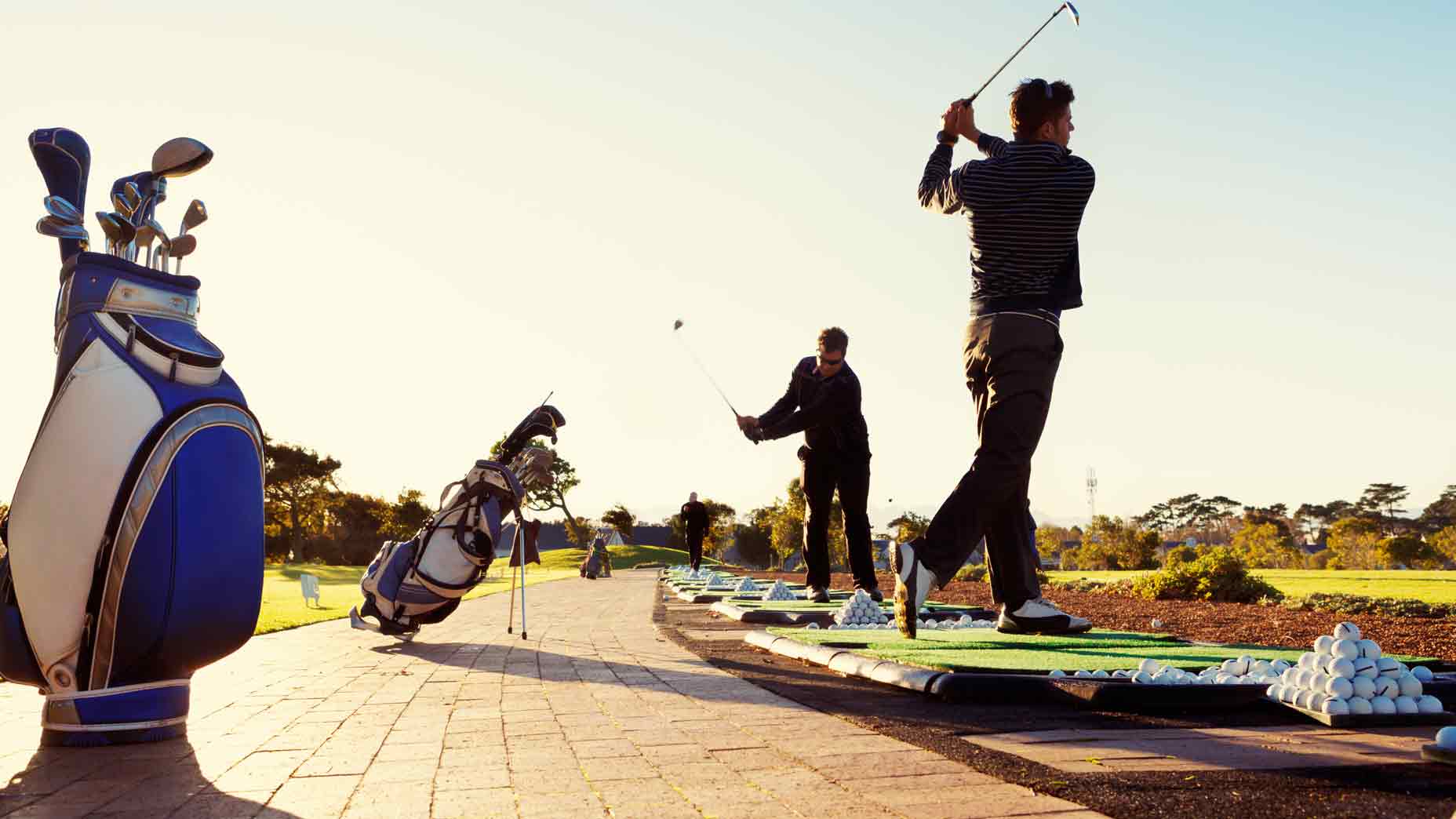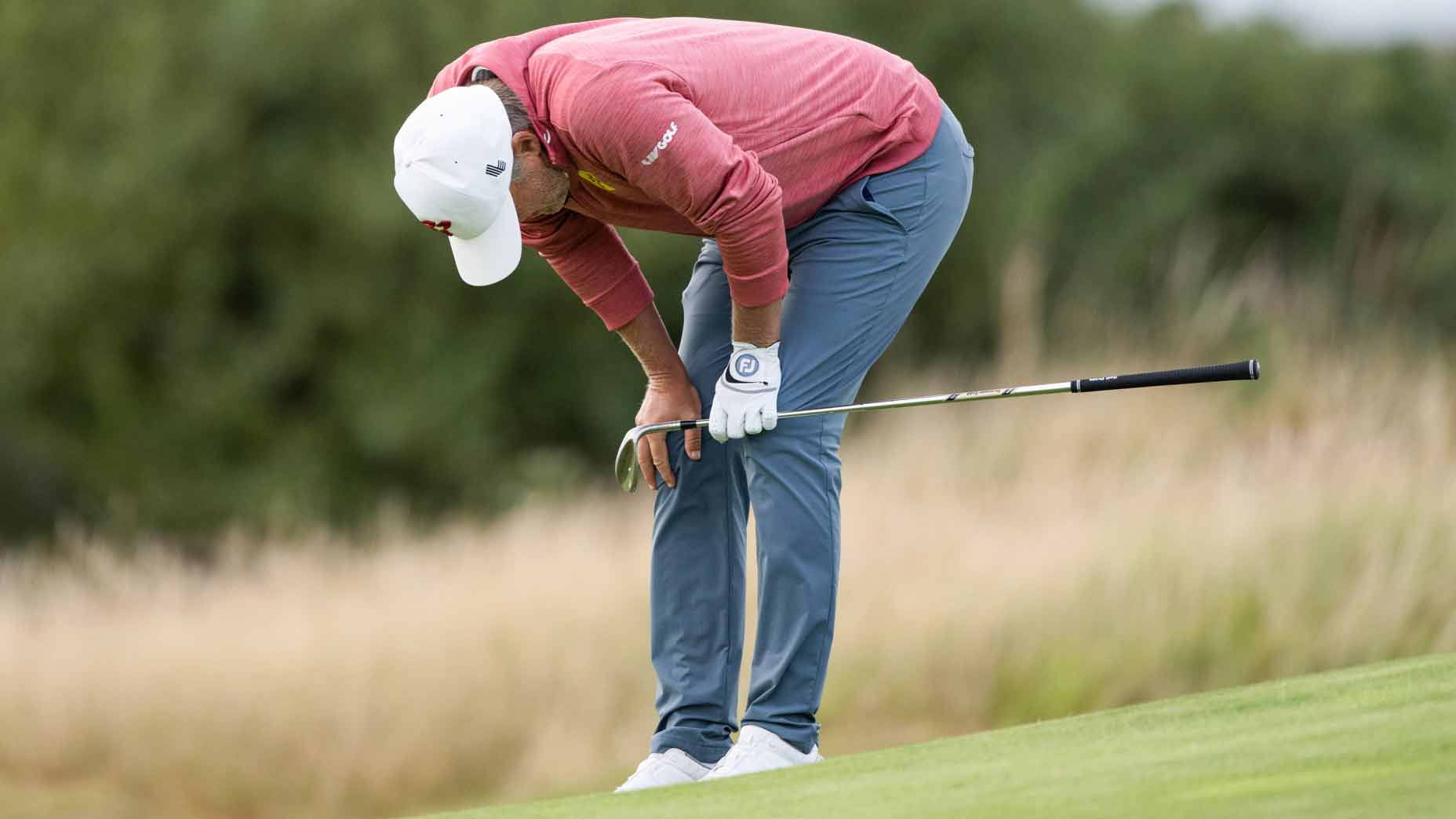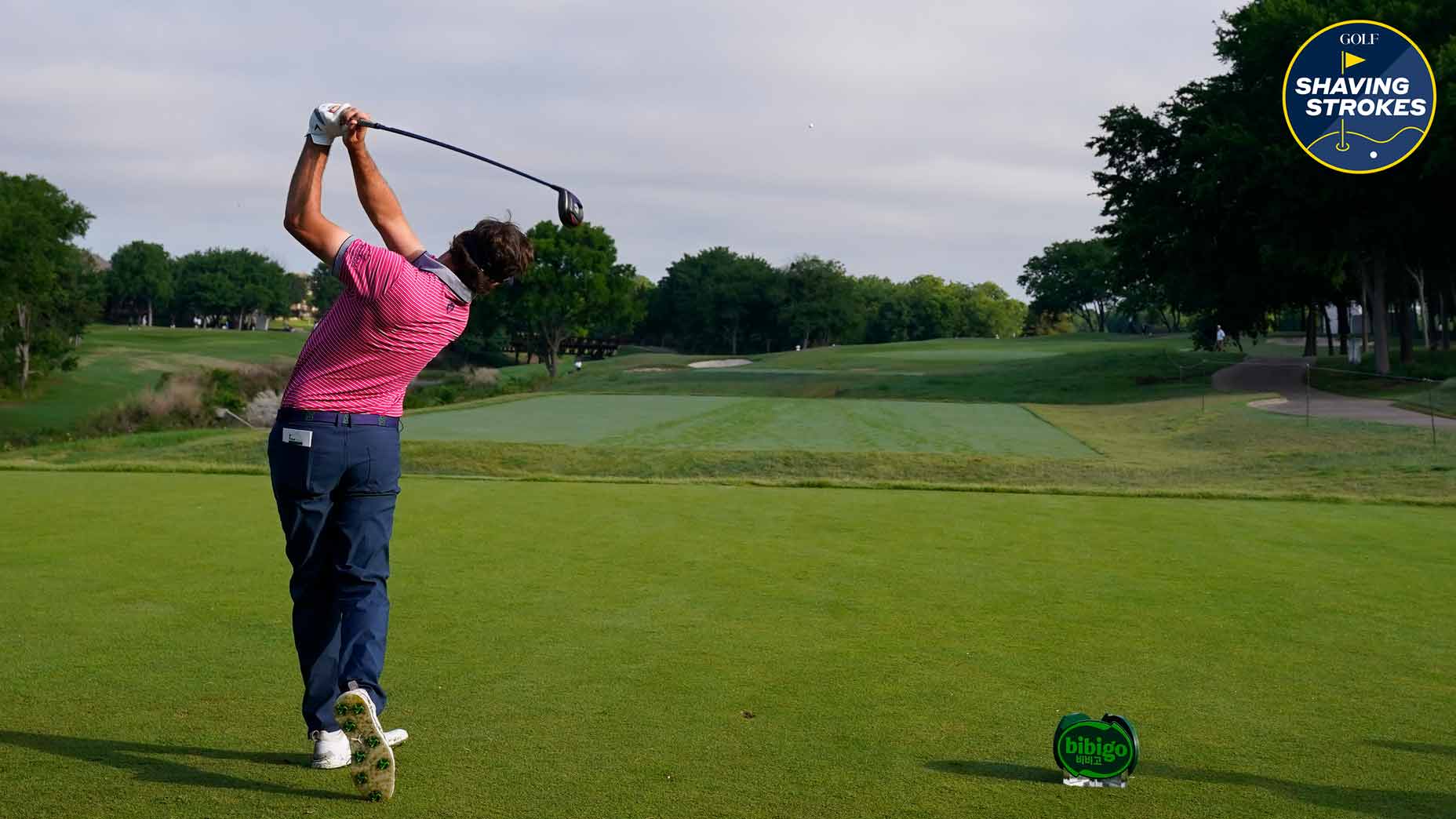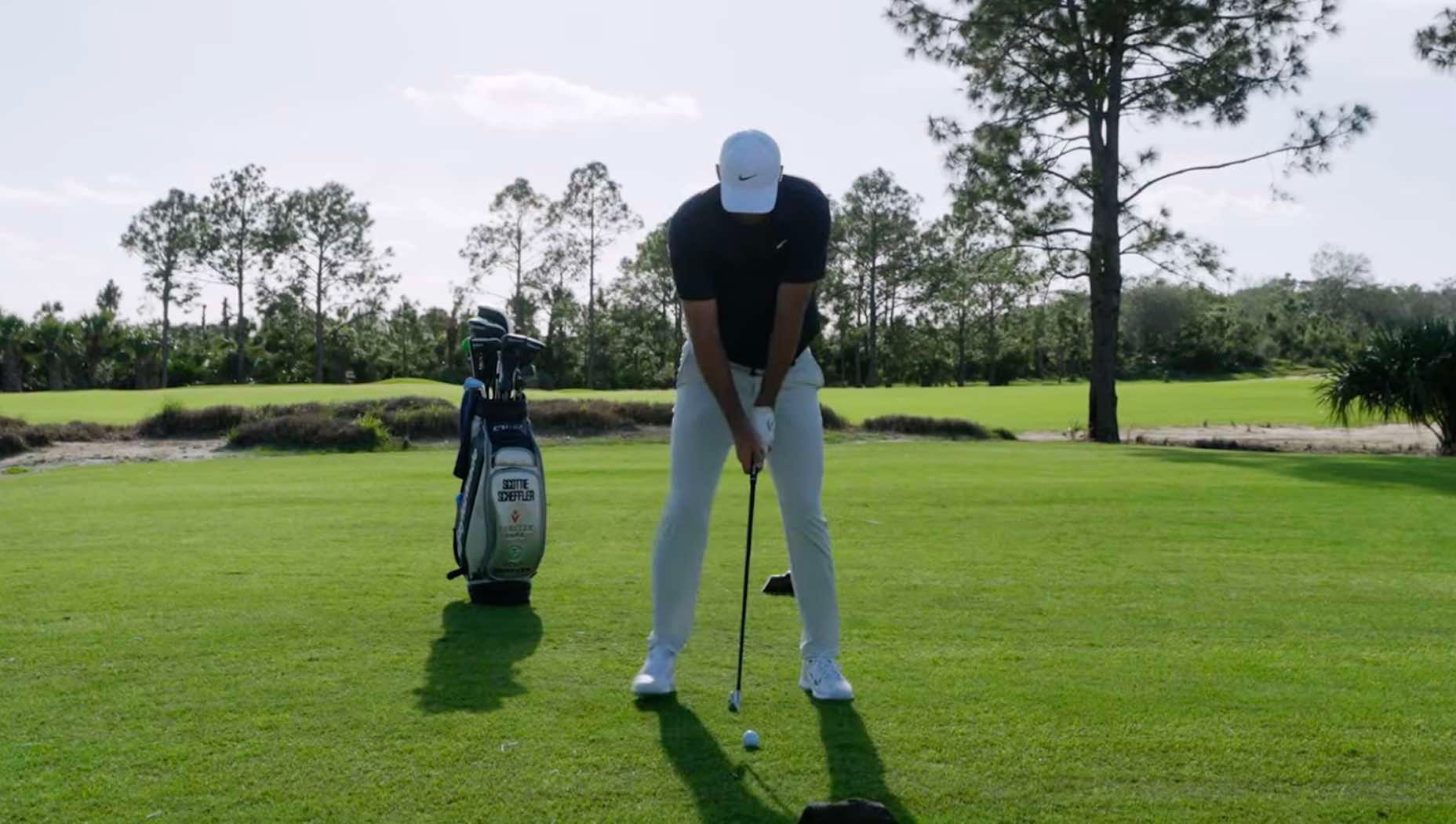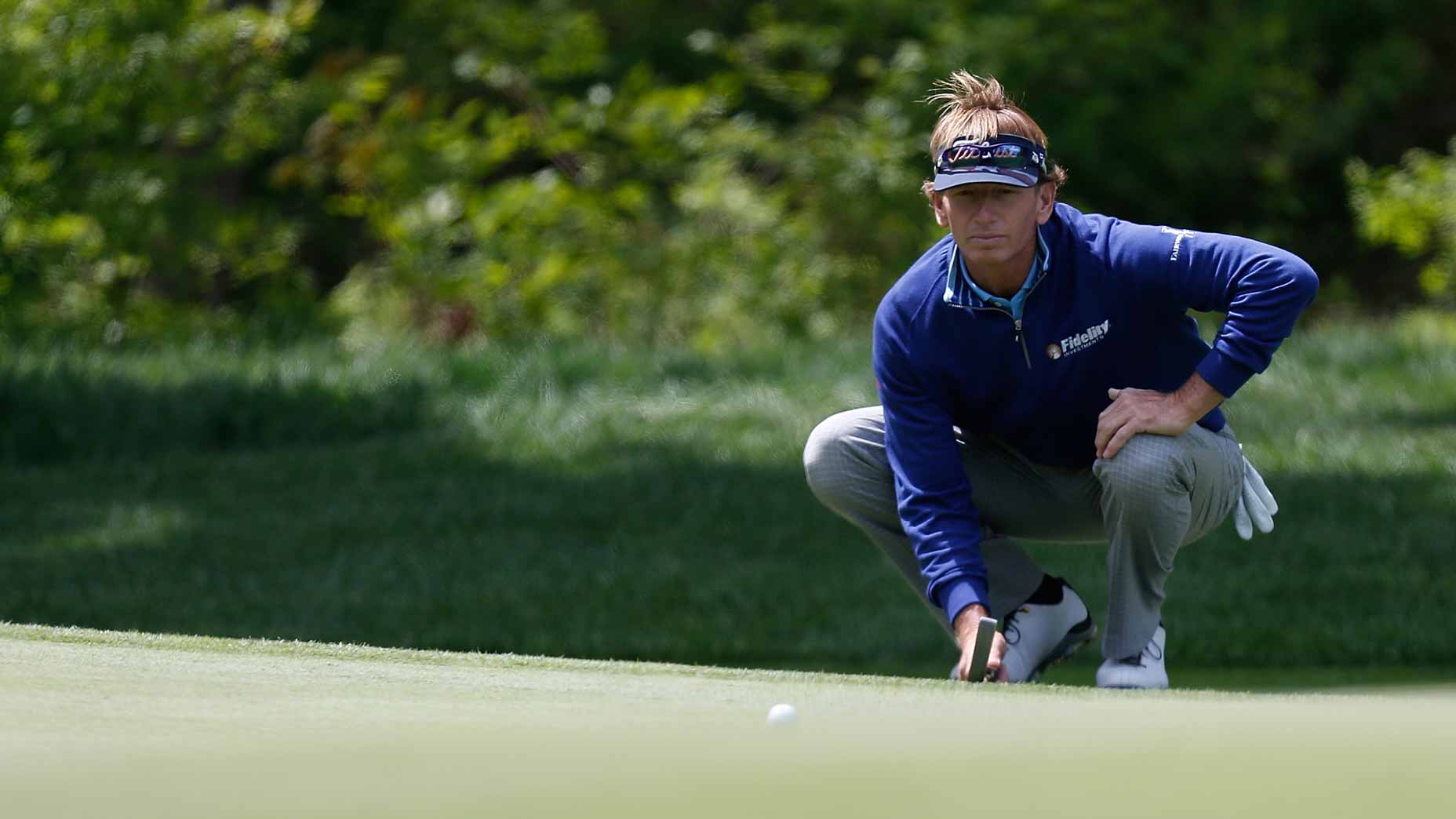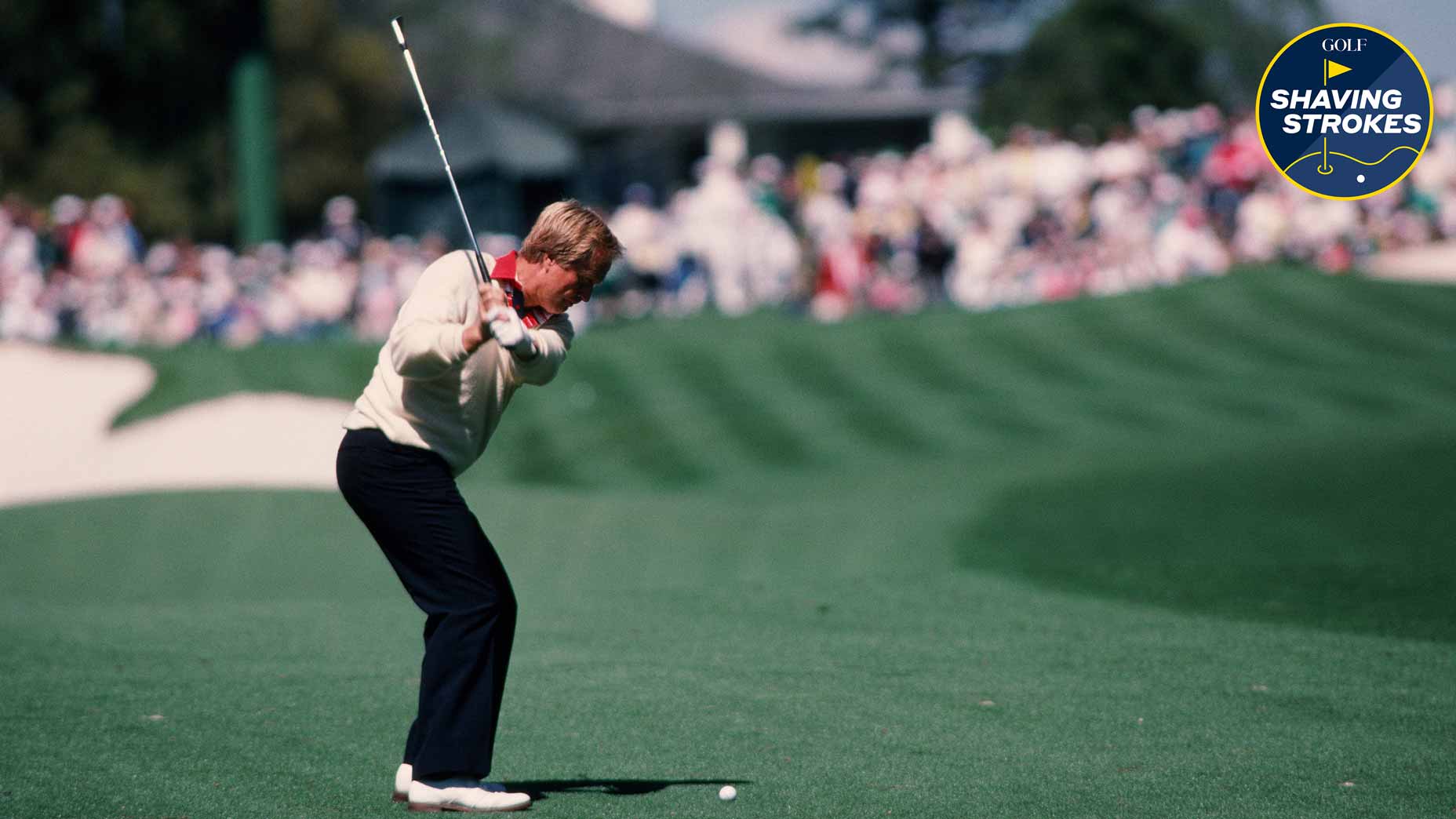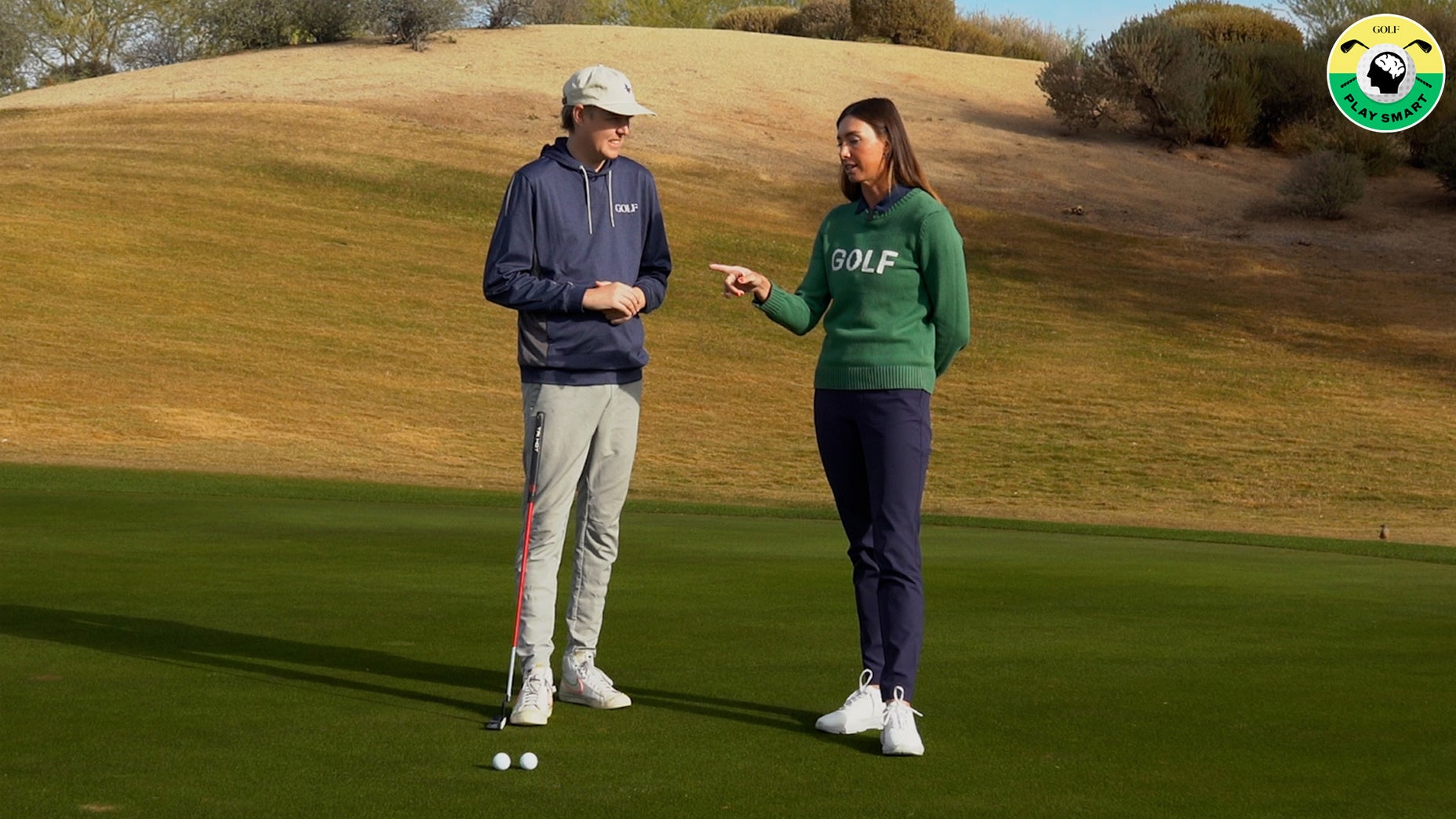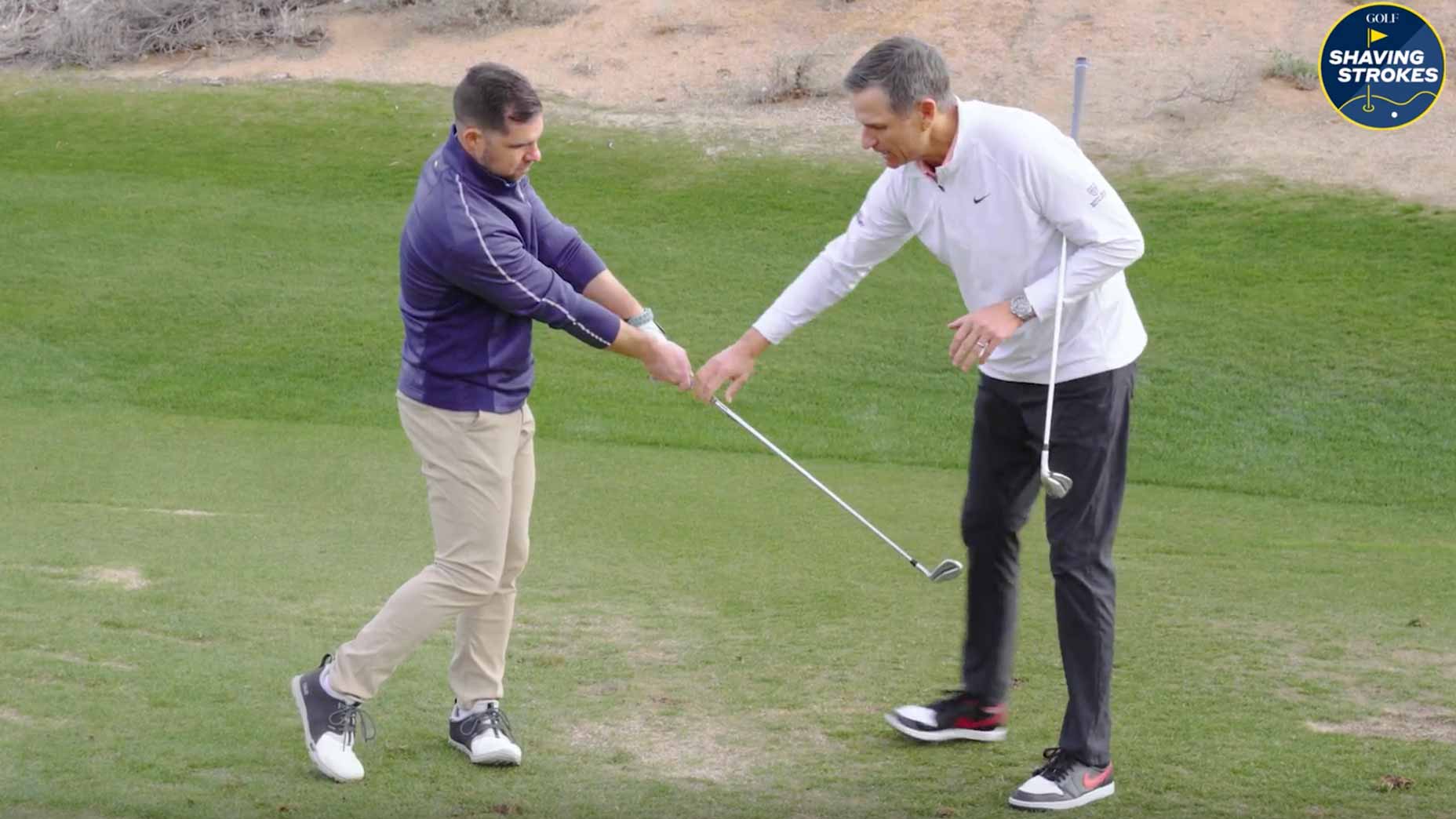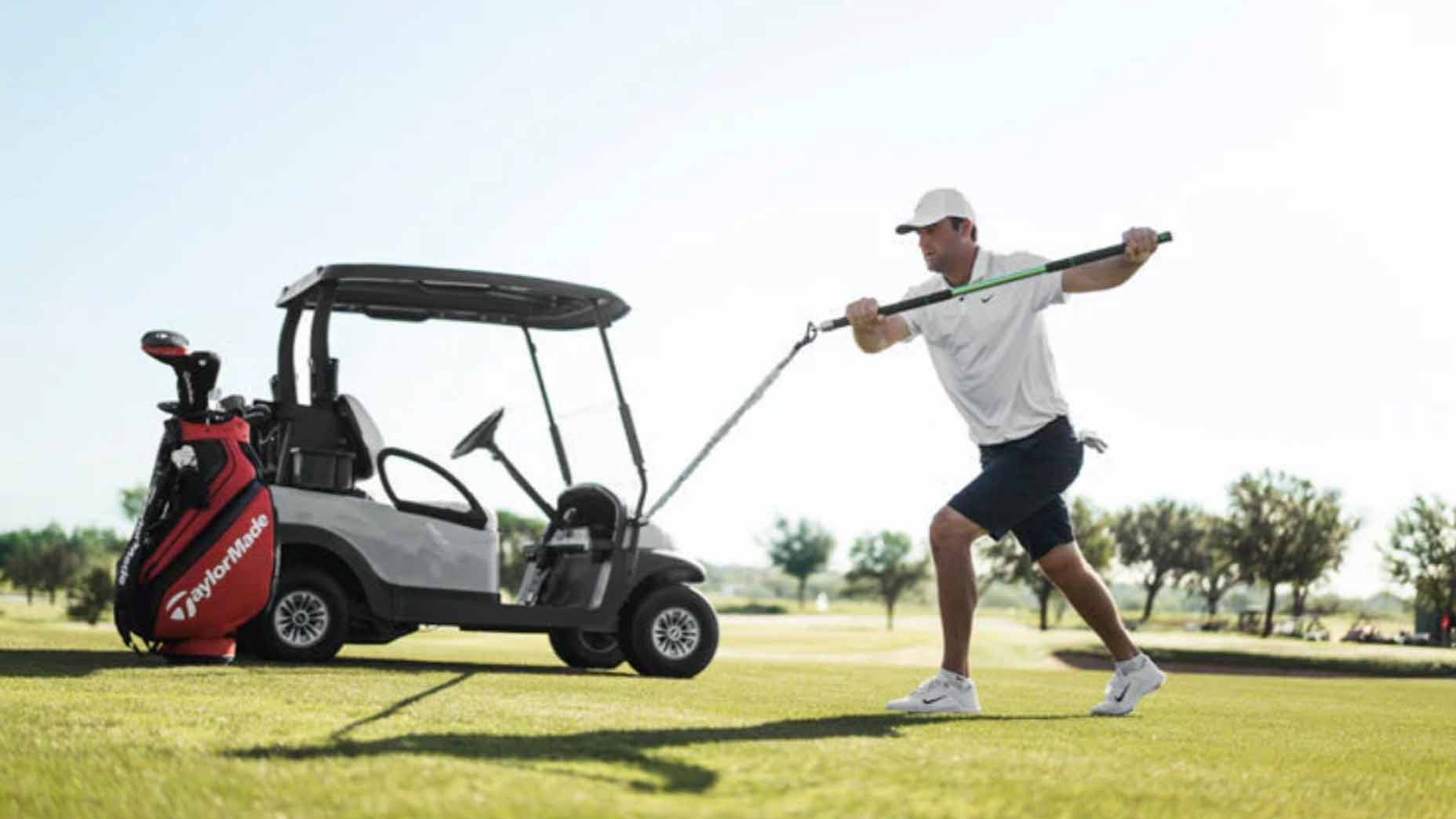3 reasons why you rock on the range, but choke on the course
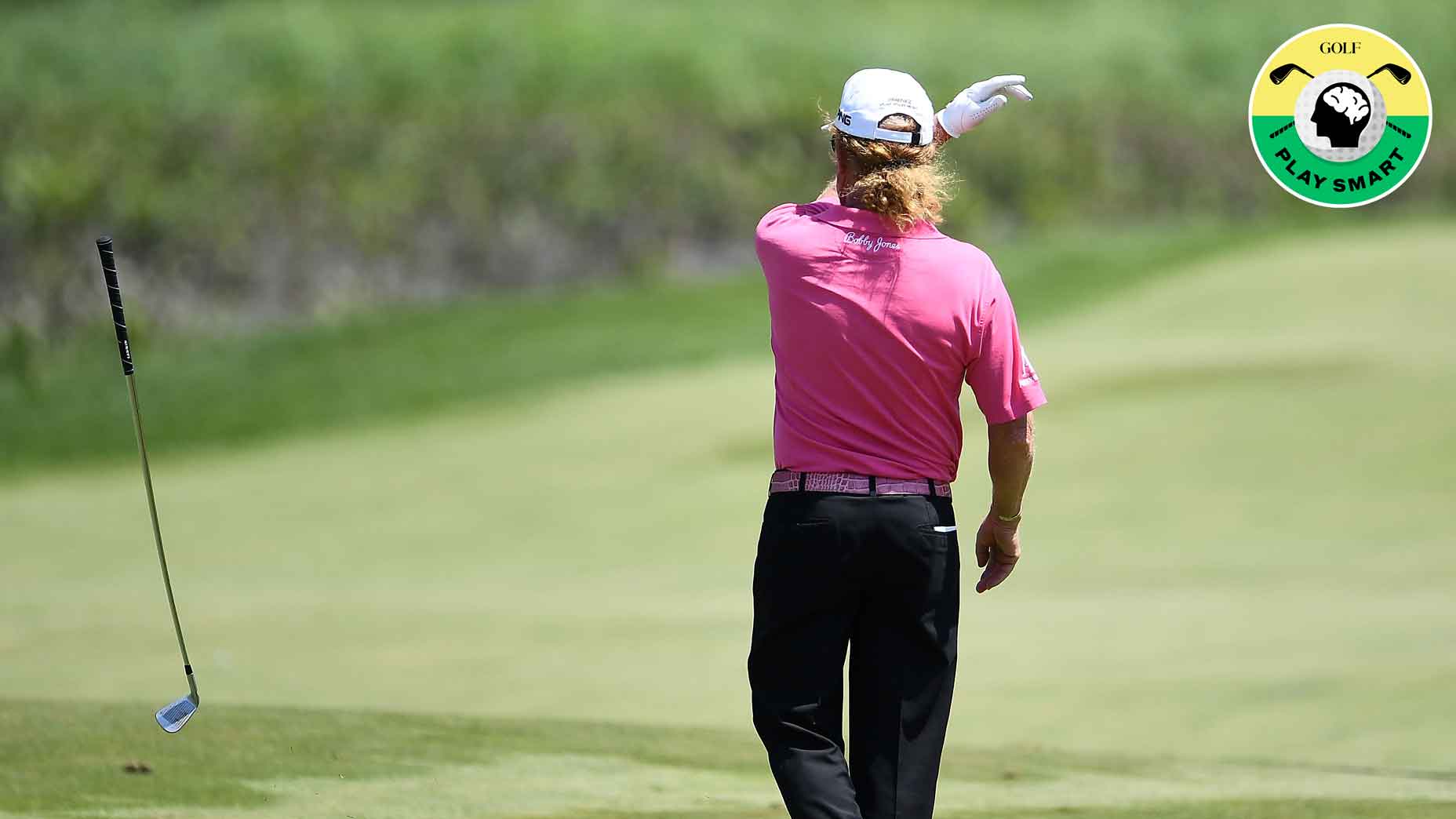
It happens to a lot of players - so here's what you need to change!
Getty Images
Welcome to Play Smart, a regular GOLF.com game-improvement column that will help you play smarter, better golf.
Picture this very real scenario.
You show up to the driving range before a round, stretch a little bit, take some practice swings, tee up your ball and then, whoosh, you crush your ball 240 right down the middle with your driver.
Then do it again… and again… and maybe just one more time for good measure.
Your confidence is high and you’ve got a little extra pep in your step, knowing that you’re “feeling it” today as your prepare for your round.
As you make your way to the 1st tee box, your strut resembles that of a soon-to-be major champion who just dominated the competition. Head held high, chest pumped out and a little bounce in your step, razzing your playing partners with some subtle jokes.
You’re officially in the zone — until you take your first shot.
Doink.
After being on cloud nine during your range session, you’ve reverted back to your old habits.
Instead of crushing it 240 yards down the center, you’re scrambling to even find your ball in the woods down the left rough, unsure if you should take a drop or continue to look.
That confidence you had? It’s long gone, and you’re officially in your own head, frustrated and lost as to what you’re doing wrong.
There’s a good chance this very scenario has played out for plenty of people reading this right now; myself included.
So why does it happen, and what can you do to help avoid the issue? In today’s Play Smart lesson, GOLF Teacher to Watch Dr. Alison Curdt shares three reasons why this is so common, as well as some solutions to fix each. Take a look below to see her thoughts.
There aren’t any consequences on the driving range
Hit a poor shot on the range? No problem, reach over, grab another ball, and try again!
Unlike the course, the range doesn’t provide consequences like water hazards, out of bounds, poor lies, undulations of turf or visually tight fairways. This is why you may feel a sense of calm on the range — because of the stress-free conditions, which can suddenly get tense, tight and worrisome when you’re on the course.
Solution: Practice on the range with imaginary consequences.
Create visual boundaries for out of bounds, and try to score 10 out of 14 drives within your desired fairway. If you don’t meet your goal, set up a task that you’ll have to complete (10 push-ups, complete a chore at home, spend an extra 15 minutes working on drills).
If you’re able to successfully complete the challenge, reward yourself! Grab an ice cream cone on a hot summer day, or treat yourself to something else fun.
The range doesn’t provide enough variables
We can easily get caught up in block practicing (i.e. hitting the same club to the same target over and over). While this can be good when in the learning stages of a new motor pattern, you’ll eventually want to move into more variable practice to imitate the golf course environment.
Many driving ranges are flat with consistent turf, or have flat mats and targets at evenly spaced intervals (100 yards, 150 yards, 200 yards). The golf course is constantly demanding variability from players — such as a 137-yard shot with the ball sitting in a divot, or a 152-yard shot with the ball just slightly below the feet.
Solution: Plan time for variable practice on the range.
Try switching clubs after hitting one shot, changing your focused target, or placing your ball on either some bare turf or in a divot. By being creative and mimicking similar shots that you’ll face on the course, you’ll train your brain to constantly adjust to a new challenge. This will help prepare you for better golf on the course!
You feel differently on the driving range than on the course
Since the range doesn’t offer consequences and variability, you aren’t feeling the same emotional reactions or thinking the same strategies as you would on the golf course.
For example, unlike on the course — where you might get upset after chunking an iron shot — since the range allows you to try again without much consequence, you can just brush it off and hit another ball.
Additionally, if you have a pre-shot routine on the golf course but aren’t using it while on the driving range, you’re not practicing like you intend to play. This may hurt you when playing a round.
Solution: Replicate golf course behavior on the driving range.
Practice like you play! This means visualizing each shot and locking into a routine before each shot — rather than just smacking as many balls in the shortest amount of time on the driving range.
Want to practice what it’s like to hit an iron shot when nervous or angry? Jump up and down 20 times to get your heart racing while holding your breath, then go through your pre-shot routine and hit your shot on the range.
Or exaggerate a scenario from the course, like you just made a double bogey and need to rip one down the middle of the fairway. Try to imagine what it would feel like, then engage in your routine and hit your shot.
By changing your driving range behavior to model your on-course behavior, you’ll start to see your performance improve and your skills transfer from one to the other. So now you can be a rockstar in both settings!
Dr. Alison Curdt is a PGA Master and LPGA Master professional based in Los Angeles, Calif. A nationally recognized golf instructor, Dr. Curdt helps golfers find their best version of themselves, inside and out.


